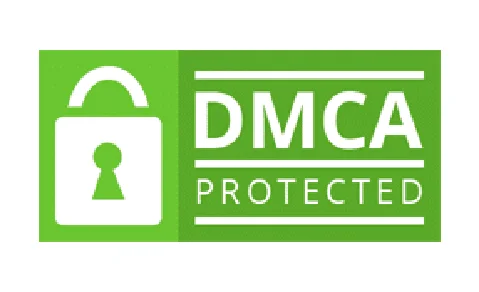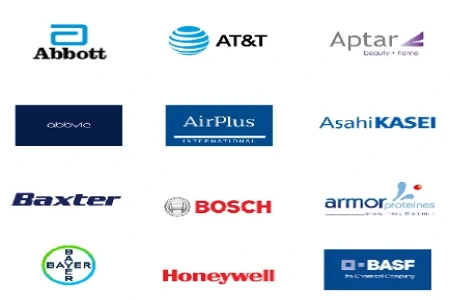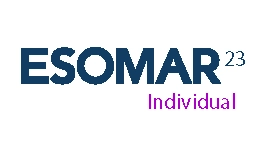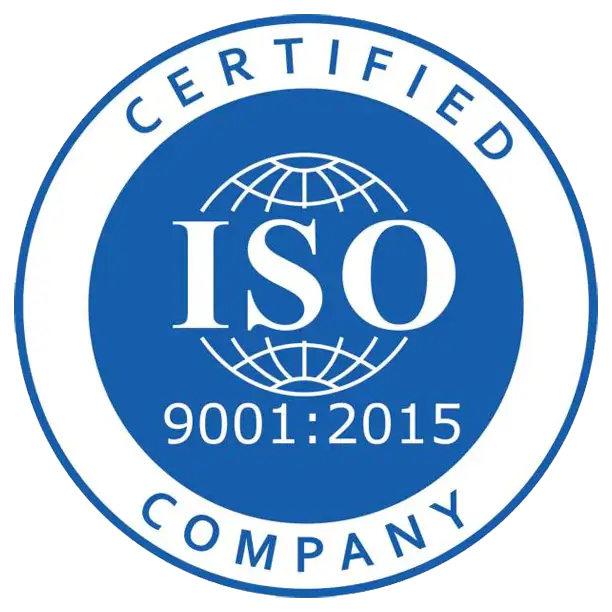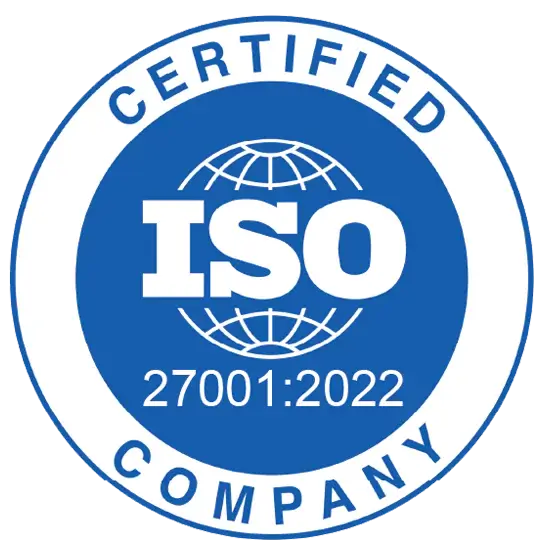Global drug delivery device market is estimated to witness high growth, owing to increasing chronic disease prevalence and technological advancements
Global drug delivery device market is estimated to be valued at USD 210.20 Bn in 2024, exhibiting a CAGR of 8.8% over the forecast period (2024-2031). Rapid growth in chronic diseases such as cancer, diabetes and cardiovascular diseases can boost demand for advanced drug delivery devices globally. Furthermore, technological advancements in drug delivery devices such as self-injection devices and wearable injectors enable improved patient adherence to prescribed drug regimens.
Market Dynamics:
Global drug delivery device market growth is primarily driven by increasing prevalence of chronic diseases worldwide. According to the World Health Organization (WHO), chronic diseases accounted for approximately 70% of all deaths globally in 2020. Growing geriatric population who are more prone to developing chronic conditions can also boost demand for drug delivery devices in the future. Technological innovations allows development of novel drug delivery devices with enhanced convenience, efficacy and safety. For instance, wearable drug delivery devices and microchip implants can achieve improved treatment outcomes among patients. The advent of such innovative and user-friendly devices can boost the adoption of drug delivery systems during the forecast period.
Growing prevalence of chronic diseases can boost demand for drug delivery devices
Rising prevalence of chronic diseases such as diabetes, cancer and cardiovascular diseases across the globe can drive the global drug delivery device market growth. These chronic conditions require regular medication and treatment over long periods that boosts demand for drug delivery devices that allow for pain-free and accurate delivery of drugs. According to the WHO, cardiovascular diseases are the number one cause of death globally and are a leading cause of disability and healthcare expenditure. Managing chronic conditions safely and effectively through drug delivery devices helps improve patient outcomes and quality of life.
Increasing biologics usage boosts new product developments
Rising usage of biologics and large molecule drugs can boost innovations in drug delivery devices. Biologics are often injectable and unstable drugs that require special devices and formulations for effective delivery. Their large size and complexity poses challenges in development of delivery methods. With growing research into monoclonal antibodies, peptides and vaccines, companies are investing heavily in the design of advanced devices like injectors, auto-injectors and pumps that can stably deliver biologics. Rising demand for simple-to-use, prefilled and wearable devices encourages continuous product line extensions and upgrades.
Regulatory hurdles pose compliance challenges
Stringent regulatory pathways for approval of combination drugs and delivery devices can hamper the market growth. Regulations vary across geographies and navigating different guidelines delays market access. Obtaining the necessary licenses and meeting all quality and safety standards involves high costs. It also increases the number of clinical trials required to prove the combined safety and efficacy of the drug-device product. Non-compliance with evolving regulations can attract penalties, recalls or market withdrawal. Maintaining transparency with regulators throughout product development remains crucial.
Reimbursement policies impact adoption rates
Reimbursement policies regarding drug delivery devices can influence their adoption rates. Full or partial coverage under insurance and reimbursement programs is essential for patients to afford advanced devices. However, coverage approval can take time and differ between private payers and public programs. It remains unclear if certain innovative drug-device combinations will be covered or reimbursement rates will support their prices. This payment uncertainty adds to the financial risks, especially for emerging startups focusing on niche delivery technologies. Close coordination with payers is needed to ensure smooth access and adoption.
Untapped emerging markets present lucrative opportunities
Emerging economies in Asia Pacific, Latin America, Africa and the Middle East currently account for a small share of the global drug delivery device market but will offer huge untapped growth opportunities near future. Rising incomes, growing unmet medical needs, increasing access to healthcare and expanding public and private insurances can boost demand these underpenetrated regions. Companies that invest in developing low-cost products adapted for resource-limited settings and invest in promotional activities can gain significant markets shares. Partnering with local players also helps establish reliable supply chains and distribution networks.
Increasing adoption of self-administration and home care trends
Growing popularity of self-administered and home care treatment options using drug delivery devices can offer growth opportunity. Patient preferences are strongly inclined towards self-injectable devices and wearable pumps that offer freedom and flexibility instead of relying on healthcare facility visits. Home infusion therapies help avoid hospital stays and lower healthcare costs. Device miniaturization, integration of connectivity into devices and availability of training resources are enabling more chronic conditions to be safely managed at home. This trend is catalyzing innovative solutions that enhance patient adherence, comfort and treatment outcomes.
Key Developments:
- In April 2024, Bespak completed its spin-out from Recipharm, forming a new standalone company specializing in drug-device combination products and drug delivery devices for pulmonary and nasal inhalation. CEO Chris Hirst stated that the new Bespak aims to be a trusted innovation partnernd sustainability leader in the shift towards greener inhalers.
- In November 2023, Hovione, a leading CDMO in spray drying and particle engineering, expanded its nasal drug delivery capabilities by introducing a new range of innovative nasal powder delivery devices developed in partnership with IDC. Intranasal delivery offers a simple, safe, and fast-acting alternative to conventional routes, with growing potential for delivering drugs to the brain for treating central nervous system (CNS) diseases.
- In June 2022, Gufic Biosciences Ltd introduced a new drug delivery system, Dual Chamber Bags, at affordable prices for the first time in India
- In February 2022, Takeda received the U.S. FDA approval for TAKHZYRO (lanadelumab-flyo) injection in a single-dose prefilled syringe (PFS). It is designed to prevent hereditary angioedema (HAE) attacks in adult and pediatric patients aged 12 years and older.
Link: https://www.coherentmarketinsights.com/market-insight/drug-delivery-device-market-5419
Key Players:
Abbott Laboratories, Adherium Ltd., Amiko Digital Health Limited, Becton, Dickinson and Company, BIOCORP, CeQur Corporation, Cognita Labs, E3D Elcam Drug Delivery Devices, H&T Presspart Manufacturing Ltd., HCmed Innovations Co., Ltd., Medtronic plc, Novo Nordisk A/S, Phillips-Medisize, Sonceboz, Enable Injections, Inc., NOVO Engineering, Elcam Medical, Battelle, Gerresheimer AG, Aphios



